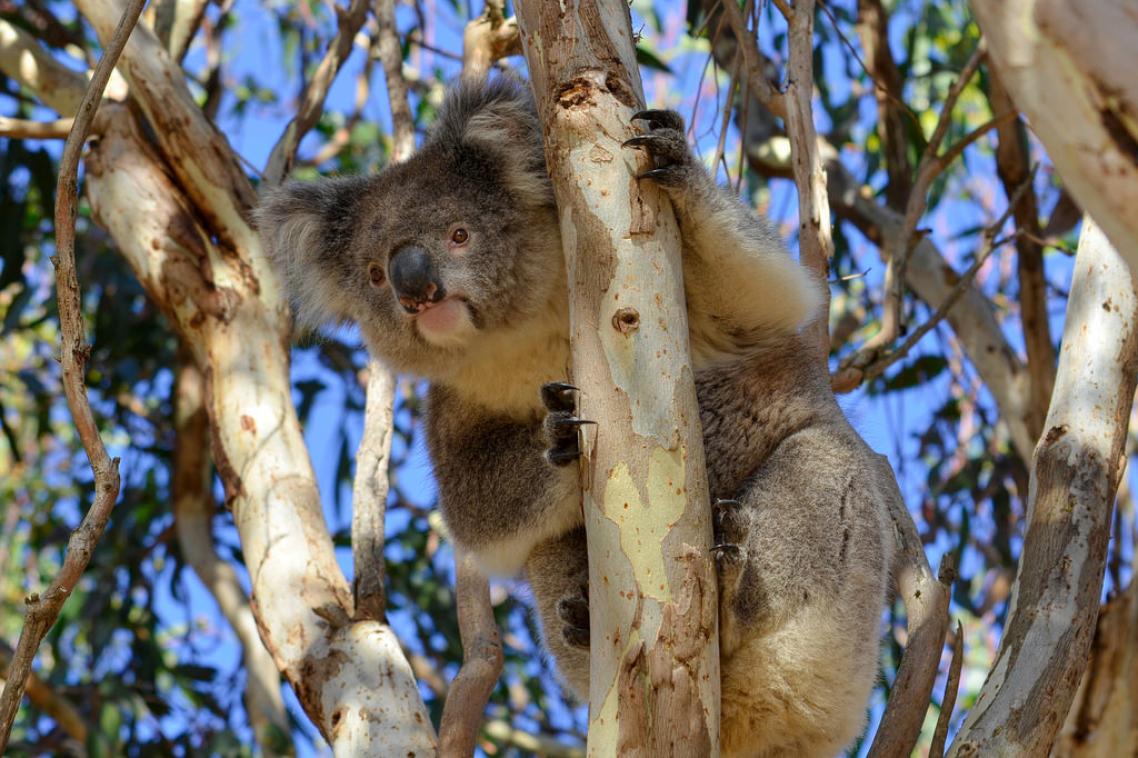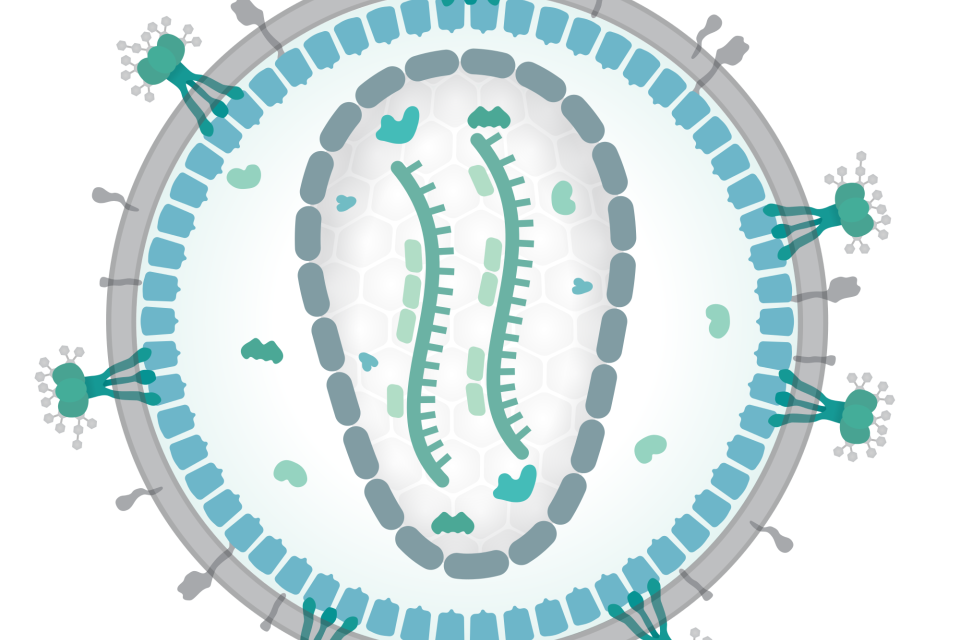Koala virus could explain why humans have ‘junk’ DNA

A koala virus could help researchers explain millions of years of accumulated ‘junk’ DNA in the human genome.
An international team of researchers – including scientists from The University of Queensland – is studying a virus infecting koalas in the hope it could demonstrate how viruses have altered the DNA of humans and other species throughout history.
Virologist Professor Paul Young, the Head of UQ’s School of Chemistry and Molecular Biosciences, said the team has analysed the effects of the retrovirus infection.
“Retroviruses insert their genome into their host’s chromosome, from where they make more copies of themselves,” he said.
“Some can also infect what are known as germline cells, which alters the host genetic code and that of all their descendants.”
Retrovirus insertions in humans date back more than five million years, which means it’s difficult to know what happened when the first interactions took place.
“About a decade ago, we discovered that the wild koala population was being invaded by a retrovirus,” Professor Young said.

He said new retroviruses within a species could continue to replicate with disastrous consequences but, over time, their disease-causing effects usually stopped and either took on new functions or became inert ‘junk’ DNA.
“Until now, scientists could only guess at why and how this happened,” Professor Young said.
UQ’s Professor Joanne Meers said it would be exciting to see a retrovirus in action.
“Because the koala retrovirus is still relatively young – less than 50,000 years old – and not yet ‘fixed’ in a certain location within the koala genome, scientists can monitor this early engagement between a retrovirus and its host.”
Professor Alex Greenwood, from the Leibniz Institute for Zoo and Wildlife Research in Berlin, said this was an important opportunity.
“This means that the koala, a species not usually associated with biomedical breakthroughs, is providing key insights into a process that has shaped eight per cent of the human genome, and will likely show us what happened millions of years ago when retroviruses first invaded the human genome.”
The research is published in the Proceedings of the National Academy of Sciences [DOI: 10.1073/pnas.1807598115].
It has been supported by the Australian Research Council, the Australian Museum Foundation, BioPlatforms Australia, the New South Wales Environmental Trust, the National Institute of General Medical Sciences (NIGMS), the Morris Animal Foundation and the Deutscher Akademischer Austauschdienst.
Image above left: An illustration of a retrovirus
Media: Professor Paul Young, p.young@uq.edu.au; Dominic Jarvis, dominic.jarvis@uq.edu.au, +61 413 334 924.
Topics
Related articles

Should you consent to your doctor using an AI scribe? Here’s what you should know.

Thousands of Queensland reef photos lead to worldwide change
Media contact
UQ Communications
communications@uq.edu.au
+61 429 056 139
